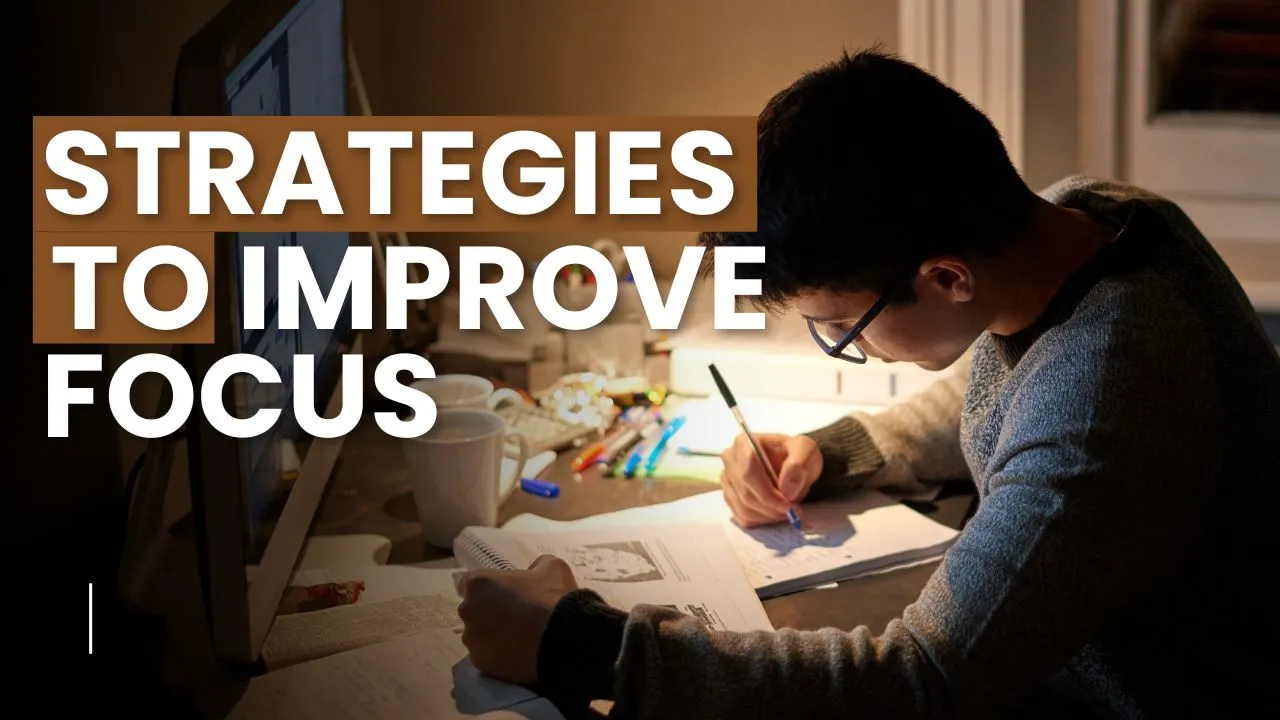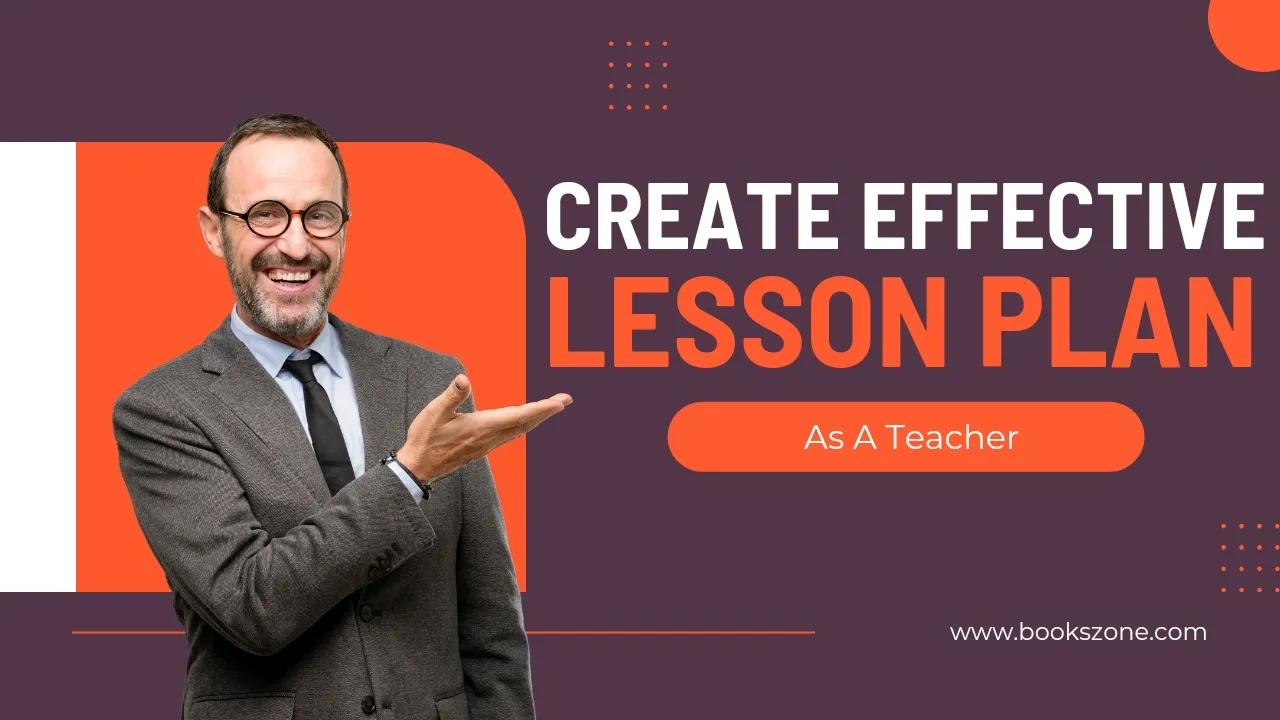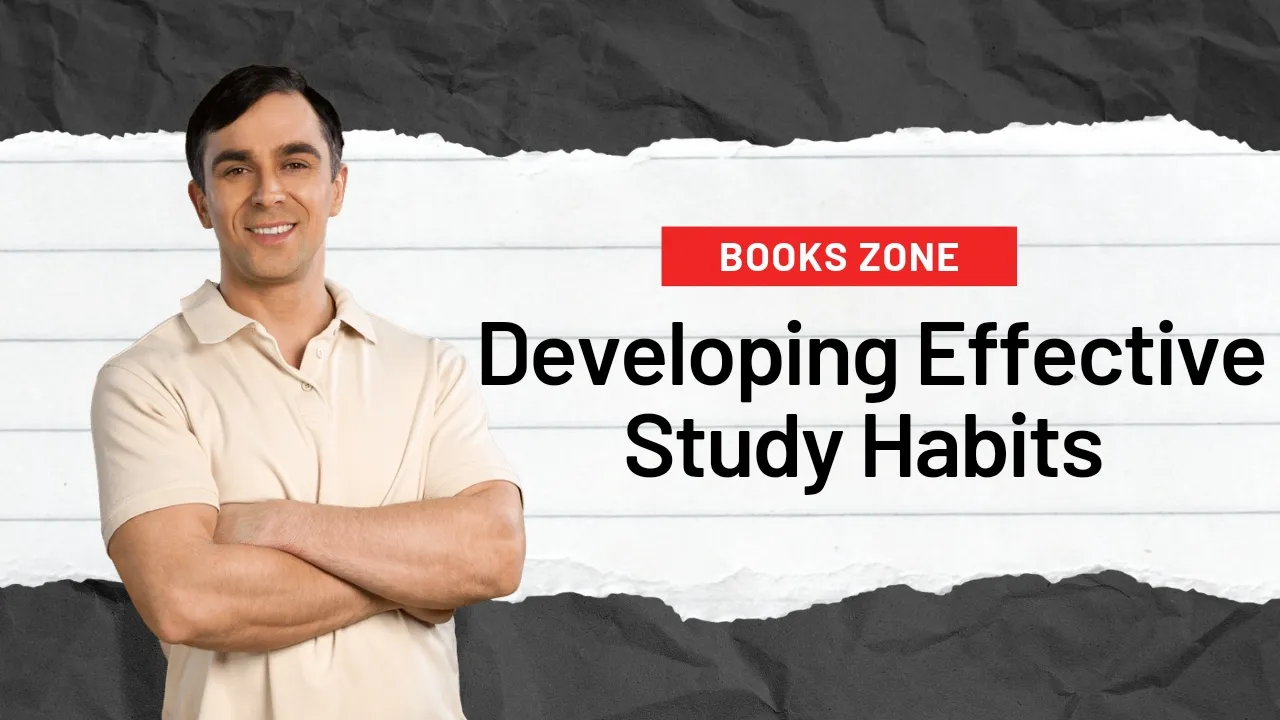12 Strategies to Improve Student Focus and Attention Dramatically
Getting kids to pay attention in distraction-filled classrooms is an ongoing battle for teachers. Young minds love to wander, and sustained concentration rarely comes naturally.
However, being more strategic and proactive with engagement approaches can work wonders for captivating student focus. Let me share the best proven 12 techniques to create an attentive classroom environment.
Why Focus Matters
With countless digital distractions today, the ability to pay attention and concentrate is more important than ever for student success. Sustained focus allows complex concepts to be absorbed and retained. Sustaining focus over time trains the mind for life skills like organization, steady workflow and learning discipline.
Students able to focus intently excel academically while building mental endurance. Just as physical health depends on exercise, mental acuity depends on focus training. Luckily, using the right engagement strategies can captivate student attention.
1. Appeal to Diverse Learning Styles
We need to remember every student learns differently. The most effective attention grabbers cater to diverse learning styles using interactive multimedia methods. Visual learners benefit from videos, illustrations, scaffolds and opportunities to draw concepts.
Auditory learners retain more through rhythmic chanting, discussion formats and explaining ideas aloud. Kinesthetic learners require frequent movement, tactile experiences and activity breaks.
Varying activities, pacing and media used keep different learning types engaged. Break lectures into 10-15 minute chunks paired with learning stations, exercises or tasks. Shake things up.
2. Schedule Brain Breaks
Our brains crave novelty but also periodic breaks from intensive thinking. Schedule regular 1-2 minute mental resets with standing stretches, breathing exercises, walking laps or humming. These short breaks allow students to come back refreshed and focused.
Sprinkle in energizing anecdotes, riddles or quick games between lecture chunks to get blood flowing again. Use fidget items like stress balls or clay for restless hands needing occupation. The brain is like a muscle – let it rest then flex it again.
3. Limit Visual Clutter
Physical learning spaces impact concentration. Natural lighting, clear sight lines enabling eye contact between all, and minimal visual clutter on walls aid focus. Tidy environments allow learning energy to flow rather than battling external disorders.
Evaluate if classroom decorations, posters and materials are visually overstimulating. Check if seating arrangements hinder engaged discussions. Simple tweaks promote focus.
4. Maintain Energized Flow
Kids who slip into lethargy and boredom are sure to tune out. Maintain an energetic flow by monitoring the room and checking in with students who show a lack of focus. Use humour, novelty and an enthusiastic tone to model engaged behaviour.
Ask provocative questions that re-engage distracted minds. Call on inattentive students randomly to incentivize listening. Fun contests, stories and activities sprinkled throughout lessons prevent fatigue while rewarding participation.
5. Set Class Rules or Contracts
Involve students in setting classroom rules or conduct contracts highlighting respect, listening, participation and focus. Creating expectations together gives them ownership. Enforce consistency using reinforcement or consequences. Recognize those modelling desired attentive behaviours.
Display rules publicly and refer back regularly. Signed agreements empower accountability. Healthy competition like focus metrics on the board makes it a team effort.
6. Offer Motivational Incentives
Kids love games, prizes and competition. Offer simple motivational incentives rewarding active listening, completed assignments, participation or improved focus metrics. Incentives create positive reinforcement and peer accountability.
After lectures or activities, engage with round-robin recaps, jeopardy or trivia over key concepts. Random dry-erase board problem-solving keeps all tuned in. Make learning fun.
7. Get Their Hands On It
Tactile, kinesthetic learning through manipulatives boosts mental involvement and retention. Let students get hands-on with modeling clay, building blocks, puzzle pieces or other objects allowing physical exploration of abstract concepts through touch.
Hand out scrap paper for doodling concepts or making calculations. Pass tactile items around the room to keep their hands and minds busy in a productive way.
8. Appeal With Humor
Laughter instantly grabs youthful attention spans. Tell jokes and inject age-appropriate humor into lessons when possible. The novelty shakes things up while making learning enjoyable.
Goofy imagery, cartoons, exaggerated mannerisms and voices all prompt smiles while memorably presenting material. Don’t be afraid to act silly.
9. Surprise and Intrigue
Nothing perks up ears like the unexpected. Challenge assumptions and spark curiosity with unusual facts, what-if scenarios and counterintuitive examples. Thought-provoking mysteries, demonstrations, riddles or discrepancies capture students’ imaginations.
Pique interest upfront with compelling questions, props, contradictions or simulations. Let intrigue around what might happen next pull them into a focused engagement.
10. Multimedia Immersion
Surround students with multimedia experiences leveraging multiple senses. Apps, videos, audio recordings, and online programs with advanced graphics and interactive features provide mental stimulation.
Immerse them in relatable characters, storylines or dramatizations bringing concepts to life visually and audibly. Technology amplification commands youth attention.
11. Model Passion
Nothing is more contagious than passion. When teachers demonstrate authentic enthusiasm for their subject matter, students catch that spark. Passionate teachers captivate instinctively.
Express your inspiration and wonder around lesson topics. Convey why you find the knowledge meaningful, valuable and interesting. Students will mirror your sincere passion.
12. Monitor Room Dynamics
Stay observant of group energy levels, potential distractions or disengagement signals like fidgeting or eyes wandering. Nip drifting attention in the bud with redirecting questions or requesting participation from the tempted student.
Fun quick challenges, jokes or redirecting comments bring the focus back on track smoothly before minds drift too far. Vigilance ensures sustained engagement.
In Closing
While it takes consistent effort, captivating student focus is possible with a strategic toolkit. Make their learning journey more hands-on, surprise-filled, interactive and visual. Your dedication to engagement makes educational gifts keep on giving. What focus-enhancing strategies have you found most effective?
Frequently Asked Questions
Q: How long should elementary students be able to focus?
A: Elementary schoolers can typically sustain attentive focus for 10-15 minutes at a time. That’s why it’s key to incorporate brief mental breaks, transitions or shifts in activity every 10-15 minutes to reboot attention.
Q: When are students most distracted?
A: Distraction and poor focus tend to rise right before lunch or end of the day when energy levels drop. Mid-morning and after physical activity tend to find students most invigorated and attentive.
Q: How can schools accommodate differences?
A: Allow students alternative seating options to optimize comfort and sight lines. Permit tactile fidget items to occupy hands unobtrusively. Offer noise-cancelling headphones to limit auditory distractions for those that need them.
Q: Do rewards undermine intrinsic motivation?
A: Don’t offer rewards for every basic expectation, but sparing reinforcements can encourage behaviours leading to motivated self-starters.














Leave a Comment